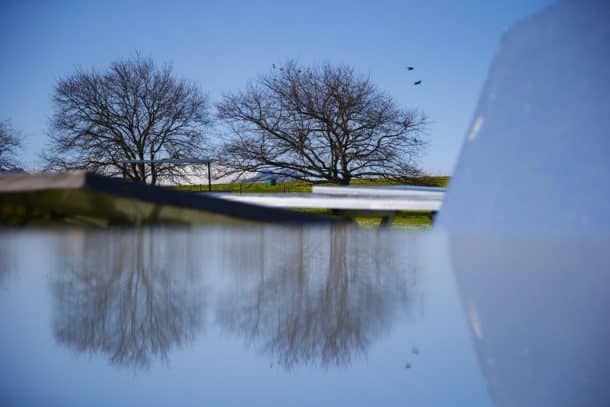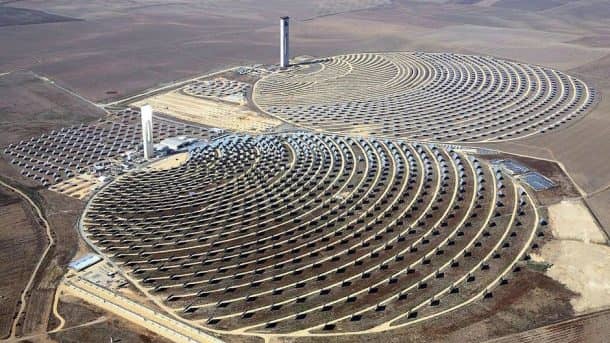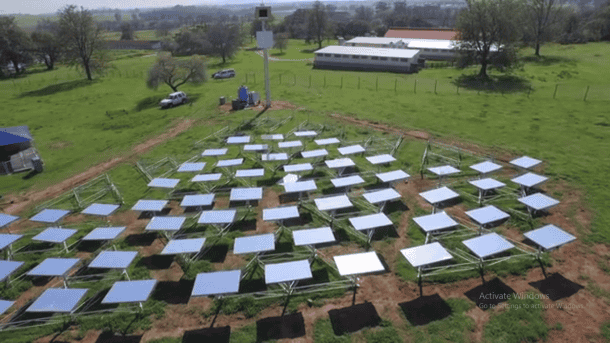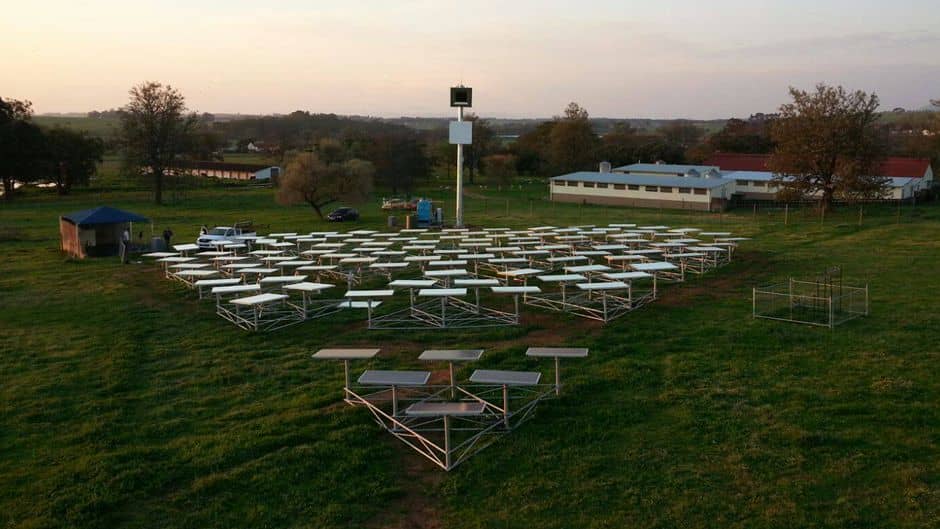A puzzle that seemed too much even for the proclaimed intelligence of Google’s engineers has been supposedly cracked by a team at South African university. The team led by a former Intel strategic planner claims to find the way to generate cheap solar electricity using a small-scale array of mirrors to concentrate the sun’s energy at a single point. As per an official statement, once they are done with a fully functional prototype of the system, they have big plans for mass production and installation of this technology.
The idea behind the Concentrated Solar Power (or CSP) is quite simple. It is supposed to be a specifically arranged array of mirrors on the ground that can track the sun’s rays and concentrate them onto a central point to heat it up. Once enough heat is generated, it can be converted into electricity.

The concept has already been applied to a handful of large-scale solar plants around the world that are practically generating electricity. There are various predictions that this concept can be used to generate up to a quarter of the world’s energy by 2050. But the catch is that these kind of plants are very expensive to set up. Moreover, they are incredibly hard to operate at a smaller scale. With the current technology, these plants are too expensive due to the need of pricey wiring and highly skilled large construction crews for installation. After installation, the plant is called heliostats; the shaped mirrors that usually have a huge central base set in concrete. When compared with the traditional photovoltaic panels, this is the factor to hold CSP tech down, precisely the reason why Paul Gauché’s approach is catching all the headlines.
Paul, the South African founding director of the Solar Thermal Research Group at Stellenbosch University, said in an interview that he is proud of his team for this project, and he seemed hopeful that CSP would become a practical reality. He aims to create CSP technology that will be cheaper and quicker to install. For that, they are working on developing the plonkable heliostats. Plonkable heliostats will be ready-made panels; pick them up from the factory and just drop down on the ground for them to work, as simple as that! Hence, they will cost no cement, no wires, and require no highly-trained workforce. They would be installed by two workers only who can lay out the steel frames on the ground and a streetlight-style central tower.

Their work has made headlines all across the globe and has already attracted the interest of the big boys, including a German consortium and a Massachusetts Institute of Technology Colar company.
Helio100, as they call it, is currently a pilot project comprising of over 100 heliostats of 2.2 square meters each. They are capable of generating 150 Kilowatts (kW) of power in total, and it is enough to power almost 10 households. The array concept is already cheaper than other fuels like diesel or petrol. Google’s RE

This is why Gauché’s efforts are so remarkable, as he has reduced the cost of creating the heliostats tremendously. Around the world, CSP has not caught on yet because it currently costs about three times more than a technique that uses a hybrid combination of PV panels and wind power to generate electricity.
Gauché’s team achieved this feat by using smaller mirrors that can focus the sun’s rays on to a small surface at the top of the tower. These mirrors self-track the sun all day to maximize the absorbed radiations, and then reset in the morning. They can focus the sun’s rays into an intense beam that is capable of melting down the collector in less than five seconds if the cooling water stops flowing. The heating element can be thought of like a car’s radiator in reverse; the heat is transferred from the hot panel to the moving water that can either be used to create electricity or perform some other work.
Gauché claims that once they refine the technology, the economies of scale will follow while making this concept a lot cheaper and practical to implement.
Have any more information to add to this idea? Comment below!


